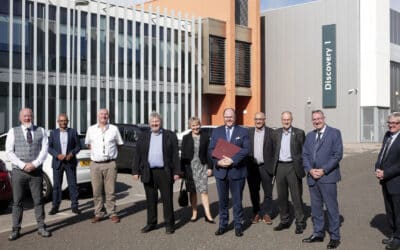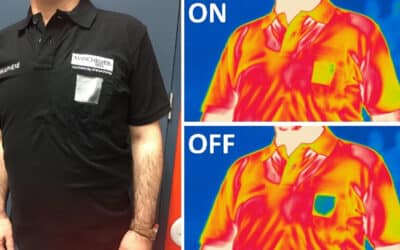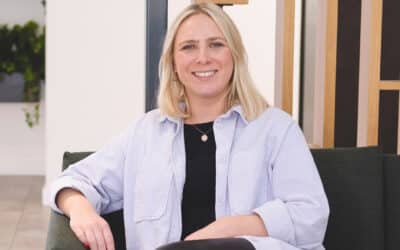An international collaboration of academics and architects have revealed how graphene technology could be developed to create human settlements in space.
The team from The University of Manchester and architecture firm, Skidmore, Owings & Merrill (SOM) are creating a scaled prototype of a space habitat with pressurised vessels, designed to function in space. SOM is behind the world’s tallest building, the Burj Khalifa in Dubai.
“Designing for habitation in space poses some of the greatest challenges – it means creating an environment capable of maintaining life and integrating crew support systems,” explained Daniel Inocente, SOM’s Senior Designer in New York.
“As architects, our role is to combine and integrate the most innovative technologies, materials, methods and above all the human experience to designing inhabited environments.
“Conducting research using graphene allows us to test lightweight materials and design processes that could improve the efficacy of composite structures for potential applications on Earth and future use in space.”
There are projections that the global space economy could grow to $1tn by 2040 and within the next decade governments are expected to want a permanent presence in space to manage critical infrastructure, such as satellite networks.
“A major barrier to scaling up in time to meet this demand is the lack of advanced and automated manufacturing systems to make the specialist structures needed for living in space,” added Dr Vivek Koncherry.
“One of the space industry’s biggest challenges is overcoming a lack of robotic systems to manufacture the complex shapes using advanced materials.”












